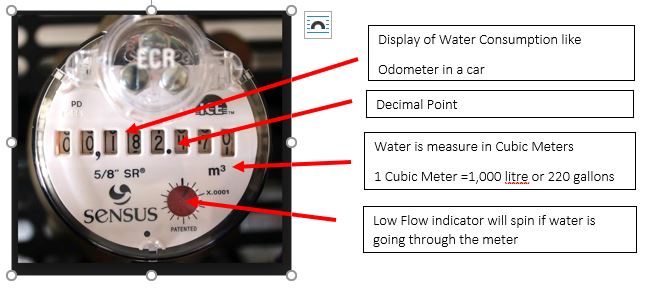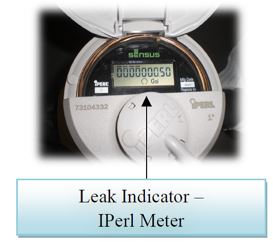Leaky toilets are often the cause of high-water bills and could waste more than 450 liters of water a day.
Signs of a leaking toilet
- You must wiggle the handle to make a toilet stop running
- You hear sounds from an unused toilet
- You must hold the handle down to allow the tank to empty
- You see water running over the top of the overflow inside the tank cover. This is a sign that the refill valve is leaking or needs adjustment. You can sprinkle a little talcum powder on top of the water in the tank to see if the water is running over the top of the overflow pipe
- You see water dripping down the sides inside of the toilet bowl long after it has been flushed
- Water drops out of the refill tube into the overflow pipe
- A toilet runs or refills without you touching the handle
If your toilet shows none of the symptoms above, it could still have a silent leak, causing a high-water bill.
Test your toilet for a leak


